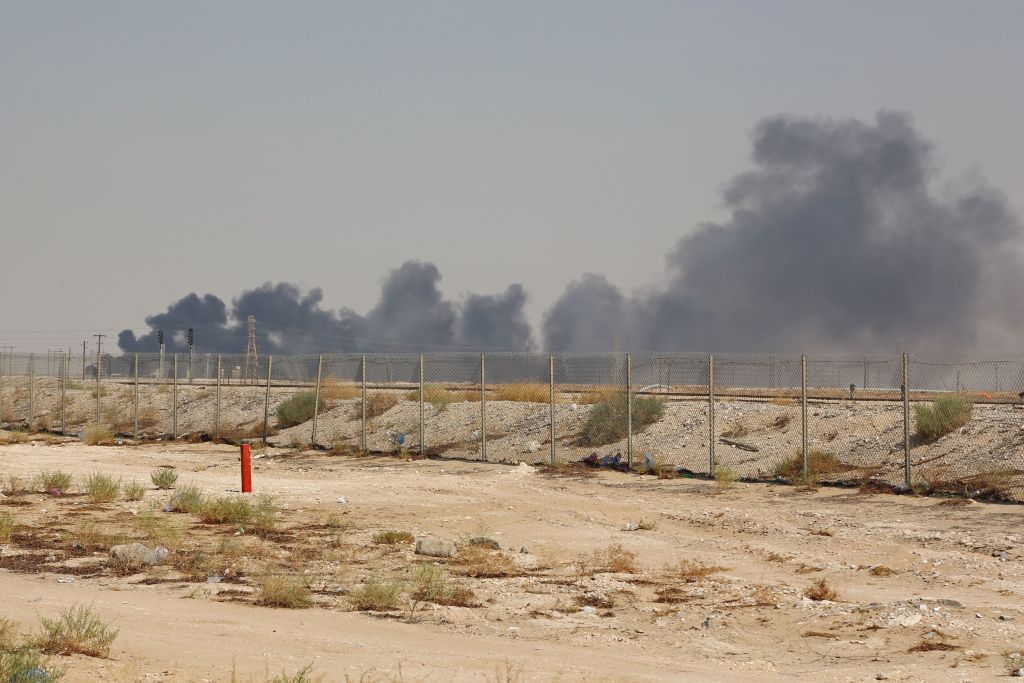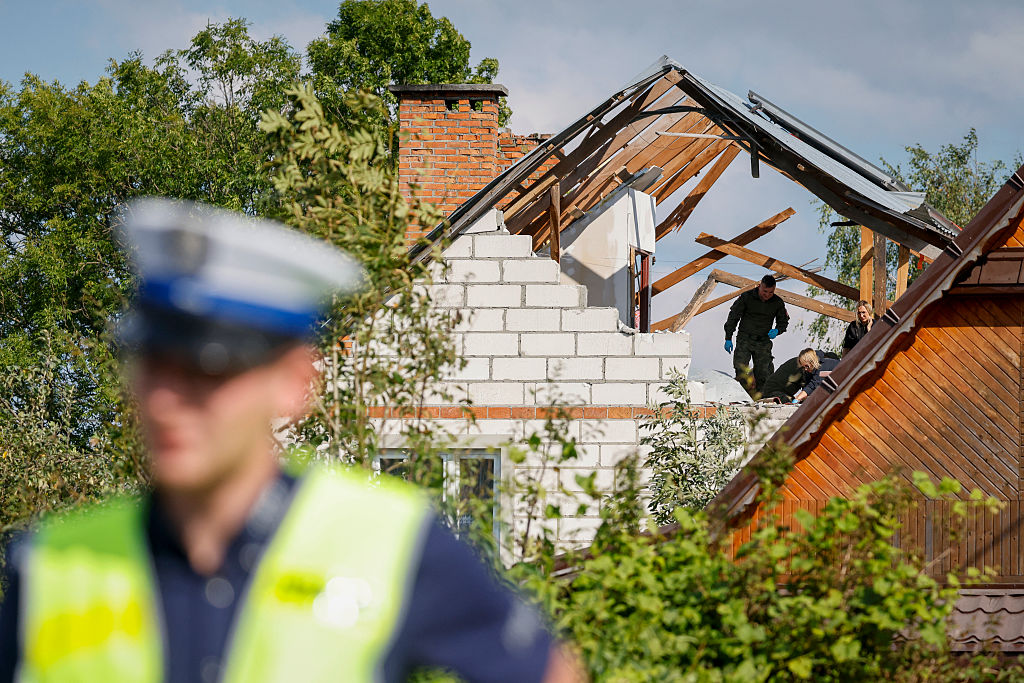The attack on Saudi Arabia’s oil facilities by Houthi rebels using a fleet of 10 drones loaded with explosives has caused serious damage and will result in a global production cut of around five percent. The Houthi strike was the second aimed at Saudis oil facilities after a previous effort last month resulted in minimal damage.
The Houthi drones were likely supplied by Iran, which has a large drone fleet and has been arming the rebel group in Yemen for years. Saudi Arabia is likely to launch retaliatory strikes against both the Houthis and Iran.
Drones have become a new frontier in warfare allowing activist groups and nations access to a potent weapon that can be used for surveillance or as a remotely piloted bomb. Just last week, activists from a group called Heathrow Pause threatened to fly drones into the exclusion zone around the London airport to disrupt flights and protest climate change. Police arrested 16 of the activists and no flights were disrupted.
The reason the protest failed is because Heathrow – unlike the Saudis – has installed a sophisticated jamming system that is specifically designed to prevent drones flying inside a five kilometer exclusion zone. Such jammers are part of a huge new industry that has grown up with, on the one hand, enthusiasts able to buy drones in any electronics store and the defense industry selling systems to prevent drones flying over vulnerable targets around the world.
The counter drone world today has all the hallmarks of the Wild West where improbable technology meets ignorant city managers and sports stadium owners. The industry is completely unregulated so a successful sale is more about a convincing salesman and convincing computer graphics than about the reality of drone killing.
There is a wide array of defenses on the market. These range from net bombs that throw a net into the air in front of a drone, envelop its rotors and bring it crashing to the ground. Fine in theory except that drones can easily evade such a defense and the precise targeting a net requires is very difficult.
Even jamming systems are unreliable as not all drones use the same controlling software and it is impossible to have a single system defend against every drone currently on the market.
The scale of the drone problem and the rate at which it is growing is staggering. According to the Federal Aviation Administration, just two years ago there were around one million drones in the US. This year that number will reach two million. Globally, there are around three million drones flying today. The drone industry worldwide will be worth around $82 billion by 2025.
In the US today, there are around 122,000 commercial drone pilots who fly drones to survey farmland, take video of property for sale or inspect construction sites. In addition, there are a further 800,000 people who own drones and fly them for fun.
But this is an industry in its infancy and it is developing very fast. The very familiar movie image of a Predator drone launching a missile to take out a terrorist target far below will soon be replaced by something altogether more threatening.
Surveillance systems are becoming much more sophisticated and drones can now stay in the air for days at a time recording everything that happens thousands of feet below. Cameras can integrate with facial recognition software, microphones can hear what’s being said and the movements of identified individuals can be tracked over time to see who is meeting whom, where and for what purpose. China has already realized the potential of such intrusive surveillance and uses a fleet of hundreds of drones to track its citizens’ every move.
The Pentagon has already developed micro drones that are able to be controlled independently or swarm together to create overwhelming firepower. Work is under way to create drones the size of a bee that might enter a room, use a camera and facial recognition technology to identify the occupants and then swarm dozens of ‘bees’ to enter the room and kill everyone.
This is not just a Pentagon way of warfare. A new generation of publicly available drones is in the works that will make much of today’s jamming technology obsolete. Instead of navigating using GPS, each drone will be independent and able to use onboard sensors and maps to find its way to a pre-designated target. Drones will also be part of the 5G communications revolution and will be much harder to jam.
All this means that within a very few years, every vulnerable public building, sports stadium or city center will have to install some kind of drone defense. But because drones are developing so fast, every defensive network will have to be regularly replaced if likely targets are to be protected effectively.


























